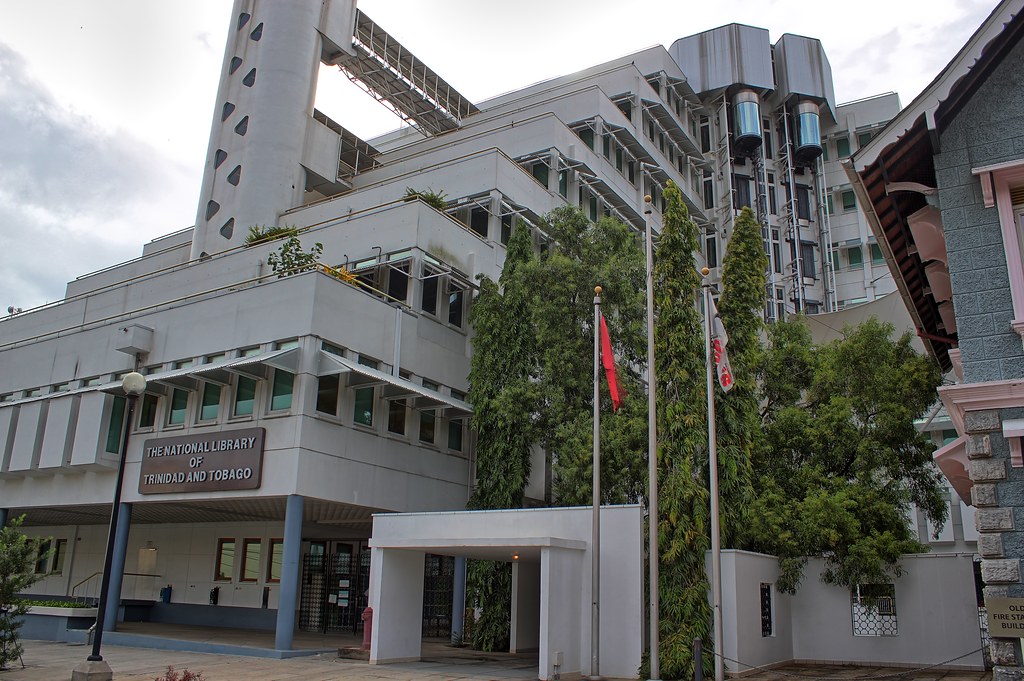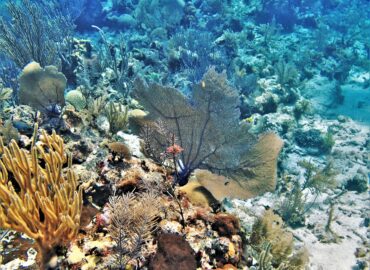Today, the Caribbean needs construction techniques that respond to the environment in a more sustainable manner. Green architecture, therefore, has been adopted in several countries in this region. This form of architecture uses less resources and provides spaces that are good for their users. Some also believe that green buildings improve productivity, sales, health, and happiness in the organizations that use them.
For some architects, green architecture is more of a common sense. They consider it as an urgent need considering the recent disastrous events associated with climate change. Besides being used for developing commercial properties, green design is showing up in residential projects as well. Most of them go unnoticed as there is no arrangement for a regional green certification.
Besides, getting a building certified from foreign experts is a costly affair. The initial costs involved in creating a green building can be quite high. It comes as a big drawback to most of the developers and clients. A policy is needed, therefore, to subsidize or offset the cost. A certain form of incentive can also be offered to the client for promoting the idea of going green.
National Library of Trinidad and Tobago as an example
The National Library of Trinidad and Tobago is located in the Port of Spain in Trinidad. According to the library’s architect, the building is green because it sits in harmony with the neighboring structures. It has been oriented to provide maximum shading and make optimum use of natural light. The central atrium keeps the building cool and only the drinking water comes from piped supply of the city.
It has been estimated that this building uses only 60% of the energy that a similar building would use. Overhangs have been provided on the building’s shady sides. This provides spaces to sit out of the sun as well as dry spots to take shelter. National Library of Trinidad and Tobago can be the best example of an eco-friendly public building in the Caribbean.
Green architecture in the colonial era
People from the colonial era included some great concepts of green architecture in the Caribbean. The structures in those times were built using brick, tapia, and wood. Mud was used for plastering over a wooden framework.
Today, such materials would be considered the ultimate in the construction of green structures. Buildings were constructed in such a way that they were responsive to the trajectory of the sun during daytime. The interiors were cool in the evening and night-time owing to some brilliant techniques in masonry.
In the absence of modern air-conditioning technology, natural systems and resources had to be harnessed effectively. This is why buildings from the 19th century are considered environmentally friendly by today’s standards.
Incorporating green features in existing buildings
Many of the buildings in the Caribbean are not new buildings. This is the reason why they need ‘Green Retrofitting’. This method of refurbishment aims to reduce emissions of greenhouse gases and environmental impact of the building.
Using this method, a building can save big on electricity costs and other expenses. With appropriate planning, the costs involved in green retrofitting can be reduced considerably. One of the energy-saving methods used in green retrofitting is the inclusion of fluorescent lighting.






